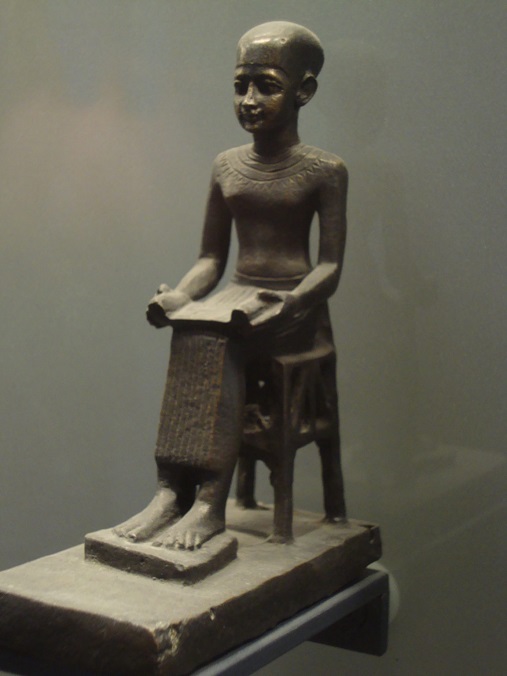
In Ancient Egypt the polymath Imhotep who has been associated with building the step pyramid at Saqqara (SSA- KHAA – RRA ) was a priest of the Memphite current. He was also called son of Ptah ( Enki -Horus faction) who was active in Memphis. Throughout Ancient (pre-dynastic) times Memphis was associated with learning. Greeks and travelers from Mesopotamia and the East (India etc) came to learn at Ptah ( Enki ‘s) city. Ptah, also known as Ptah- Neter – Hetep , was known as the Elf-god. He was an ET. The Egyptian/Kemetic word ‘ hetep ‘ is really the same as ‘ hotep ‘ and is a reference to ‘peace’, as in, a greeting. The root word ‘ im ‘ also the variant ‘in’ refers to refers to a scribe or to a learned person. Nefer is the same as Neter or Neteru (‘ Naturu ‘ in the movie Stargate ) and is a reference to gods (i.e. ETs ). Below, we can see the step pyramid of Djoser, an Egyptian pharaoh of the 3rd dynasty.
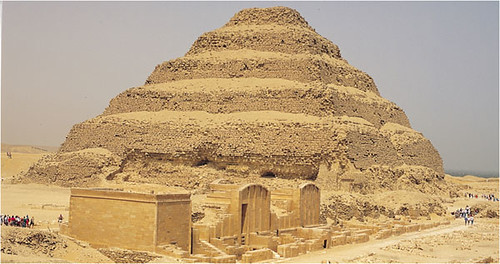
Now, there are a couple of really interesting points to make about Imhotep and his step pyramid. The first is that in the photo above, Imhotep wears a skull cap. This is reminiscent of Ptah and his group. The second point is that in the photo, Imhotep appears to be sitting on a stool and holding what could be a papyrus scroll. Now among the Akan people of West Africa, the kings and elders sit on what?….They sit on stools, just as we find Imhotep doing. I would note that just about every Akan royal house uses stools.
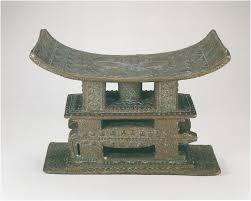
The stool is used both by male and by female members of the royal court.
The parallels don’t end there. It is well known that Akan art includes not only the Adinkra symbols but also the gold weights, which are weights of gold that are used for measurements and also to preserve culture. Part of the way we have preserved our culture is through these gold weights. A careful observation of the gold weights in the photo below will show that they have many examples of step pyramids. Now of course, gold maintains its state for a very long time, so some of these weights could easily be heirlooms. Could it be that the ancestors of the Akan people were among the same people that built the step pyramids in Egypt? Could it be that Imhotep and others like him were indeed ancestors of present day Akan and other African people? I would like to suggest that this could very well be the case.
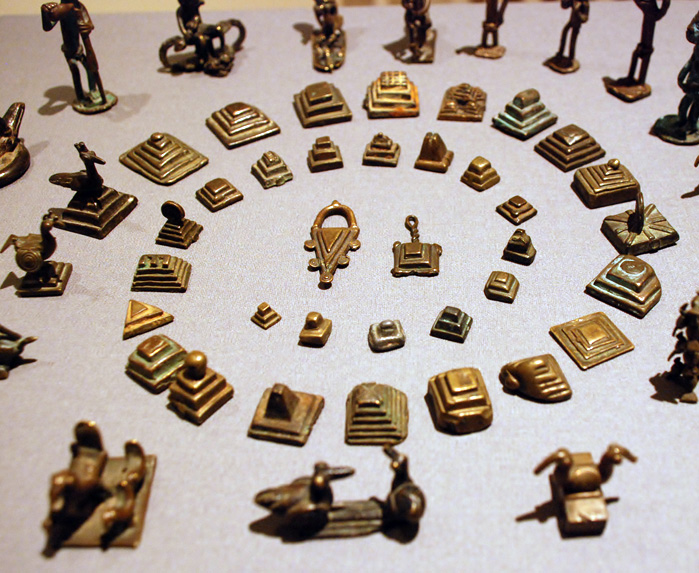
On a separate note, I have recently come across some very interesting articles pointing to the existence of buried pyramids beneath the sands of the Sahara desert. In An astonishing revelation in Saqqara – a hidden pyramid!, Dr. Vasko Dobrev showed that there is at least one pyramid hidden under the sand! His discovery follows on the heels of that of Angela Michol, who revealed several years earlier using satellite imagery that there are in fact other pyramids beneath the sand. This can only mean that some antediluvian event (such as a global flood) caused the pyramids to be covered. That being the case, it would mean that there have been pyramids in Africa for much longer than is known. That is a point worth considering.
Article Themes: Amun, Kemetic ancestors
References
The Temple of Man – The Secrets of Ancient Egypt [Google scholar][WorldCat]
Destruction of Black Civilization [Google scholar][Amazon]
Tribes of the Ashanti Hinterland [Google scholar]
The Akan and Ghana [Google scholar]
Related blog posts
Why Akan, Igbo and Aztec have the same root

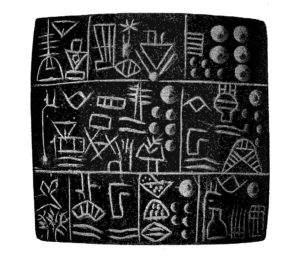
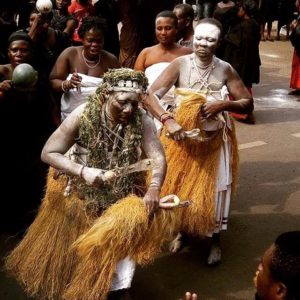
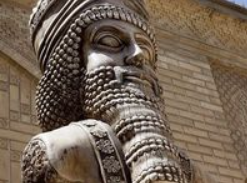
Thank you, James.